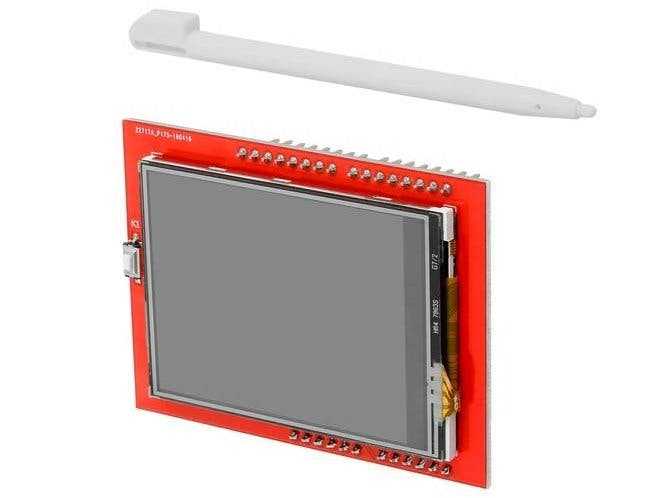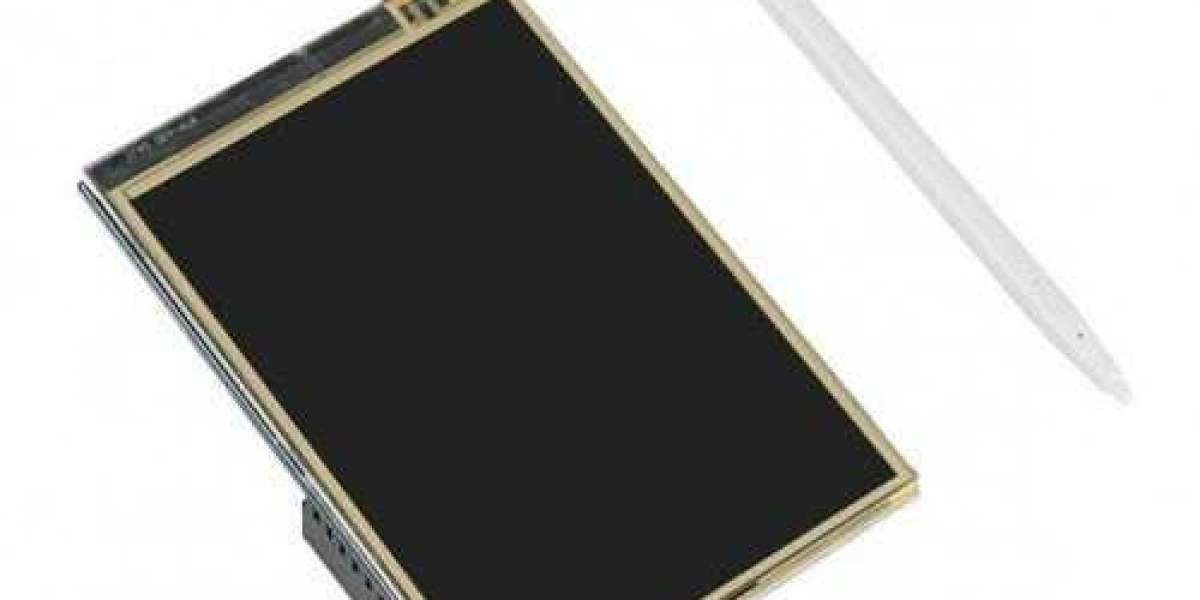The degree to which light is polarized can be altered through the use of a very unique substance known as liquid crystal. It is liquid.
It is positioned in the middle of the two glasses. Each liquid crystal display contains additional liquid crystals that we've added. As a result of the unique characteristics of liquid crystal, we are able to make use of voltage. To do this, we first generate an electric field between the two glasses. Next, we move the crystal inside while simultaneously moving and altering the polarization of light. This results in the most fundamental form of LCD display, which we refer to as twisted pneumatic yes, and it is this form that we continue to make use of today. The first, or the oldest, or something like that, twisted pneumatic technology display is even used in TFT, which means it is the oldest, but it is not used until today. Its operating principle is the most straightforward. To begin, there is a requirement for two glasses.

They were placed inside of the liquid crystal. I've already mentioned that we require electrodes, so it should come as no surprise that they are see-through. In most cases, ITO is used to coat the glass in these. As a consequence of this, the generation of an electric field between the two glasses and the electrodes is made possible by a specialized transparent conductive surface. Then, of course, we are unable to simply alter the polarization of light; turning pixels on and off is not sufficient.
Indeed, we are in desperate need of the very first polarized light. Yes, so what we need to do is, er, to really have a display, we need to add two polarizers, one at the bottom of the screen, and the other at the top of the screen. This will ensure that the image is properly displayed. We have both a polarizer and polarized light at our disposal. When the crystal is turned off, as shown in this example, the light that passes through it is distorted; consequently, we refer to this display as being white. Because we can see that there is no voltage being applied, but the pixels are light (or white), which indicates that the light is being allowed to pass through, we can deduce that the polarizers are positioned at right angles to one another and to the picture as a whole, which tells us that there is no voltage being applied. Yes, in order for the liquid crystal to become active, the light must first go through the first polarizer. After that, the light must go through the second polarizer. We can make out the individual pixels, but the real magic happens when we apply voltage to the display. There is in fact a second picture presented here.
When we apply the voltage, the liquid crystal will become organized, the light will no longer have its polarization altered, and it will not switch to a position that is approximately 90 degrees like it was before. Therefore, because we have two polarizers that are at an angle of 90 degrees to each other, er, the light is able to pass through the first polarizer, but it does not rotate. This time, it is prevented from passing through by another polarizer. Applying voltage allows us, as expected, to toggle the state of pixel one between on and off. As soon as we are able to accomplish this, we will have a display. In that case, we do have a pixel. Then, beginning with a pixel, we can construct a matrix that is analogous to the pixel matrix, allowing us to display any image.

This control is not only in the off and on states, but we can also actually control the state in between the two, which means that we will have grayscale. This is a very important and useful feature of this control. Yes, this means that we can proceed from the white pixels to the black pixels, as well as some intermediate steps. You are aware that the number of steps can range anywhere from 16 to 256. As you probably already know, in most cases we will do it while the beat is playing. As a result, for TFT, there will be 16 steps or more; for instance, there will be millions of them, because we will have 24 bits, as an illustration. This will provide us with 16 million unique combinations, or pixels, or RGB pixels of three different brightness levels.
To put it another way, the answer is yes, we can. Er, this piece of technology enables us to have a display that functions in the same way that you are accustomed to, and it also enables us to display some images in grayscale. On the other hand, monochrome LCD are not typically utilized in standard LCDs due to the fact that this technology is not yet perfect. Because this technology is passive and does not include a transistor that is connected to the battery itself, controlling the brightness using grayscale is extremely challenging and is therefore typically not implemented here. It is utilized in other technological processes, such as TFT, which will be covered in a later section. On the other hand, in order to obtain clear images, we typically only have the on and off states. Therefore, let's get a better comprehension of this.
As soon as we are familiar with the operation of both the display and the battery, we will understand that the most fundamental step is to tamper with the pneumatic display. We have a few other variations, and in reality there are quite a few, but what I'm going to say next is that the most common one is SDN, which is a super twisted pneumatic technology that enables us to lower the voltage needed to control the display. This technology is extremely popular. This is very helpful when we are working with devices that are powered by batteries. It is also very helpful because it allows us to connect the display directly to the majority of microcontrollers, for instance, that operate at 3 volts or less. This means that we do not require any specialized drivers, and one of its other significant benefits is that it has a higher contrast, allowing us to see the image more clearly. We talked about contrast in the previous piece of content, so if you want to find out more about it, you can do so there; however, contrast, voltage, in fact, can move at a faster rate. Yes, this means that STM could be faster, which would allow us to refresh it more quickly. If we have an image, for example, it might move around on the screen, or we might alter some other element there.

OK, this is a different type of monochrome LCD display that is known as FSTN or dfsdn. It functions similarly to the super twist pneumatic of film compensation, which means that this is an additional layer. In point of fact, we add something to the glass, which improves the quality of the display. Yes, what I mean to say is that the display is improved. For instance, after adding film, we are able to obtain a higher contrast than the regular TN or STN and switch to a darker one. This is possible because of the combination of the two. For instance, in the background of the park, you can see here that the fstnd display of our partner company, WINSTAR, is dfsdn, which means that it is an additional film, so that we have two FSTN, so that we have two fsdn layers, and the contrast is better because you can see, er, that it is darker. Er, these technologies will most certainly cause an increase in the price of the display; therefore, TN will be the most affordable option, followed by SDN, which will be a little more expensive. FSTN and dfstn are even more expensive. Despite the fact that these technologies appear to be quite advanced at this point, they are not without flaws.
When we tilt the display at a different angle, we will notice that the contrast will vanish in a short amount of time. Because of this, the technology is very useful; however, there are some applications in which it is actually most useful for us to look at the screen directly. Let's say yes. There are other technologies to choose from if we want to examine the display from a different perspective.
Monochrome displays are still very popular despite the fact that TFT is one or all of the IT technologies that are significantly better than monochrome displays. This is due to the fact that monochrome displays are known for being mature and inexpensive. The answer is that these displays are typically the ones with the lowest cost that we can find anywhere on the market. On the following screen, it will say "OK, well, er, another change is that HTN has such a high distortion of aerodynamics."It is not exactly the same as STN, but it is quite comparable. The automotive industry is the primary consumer of this product.








